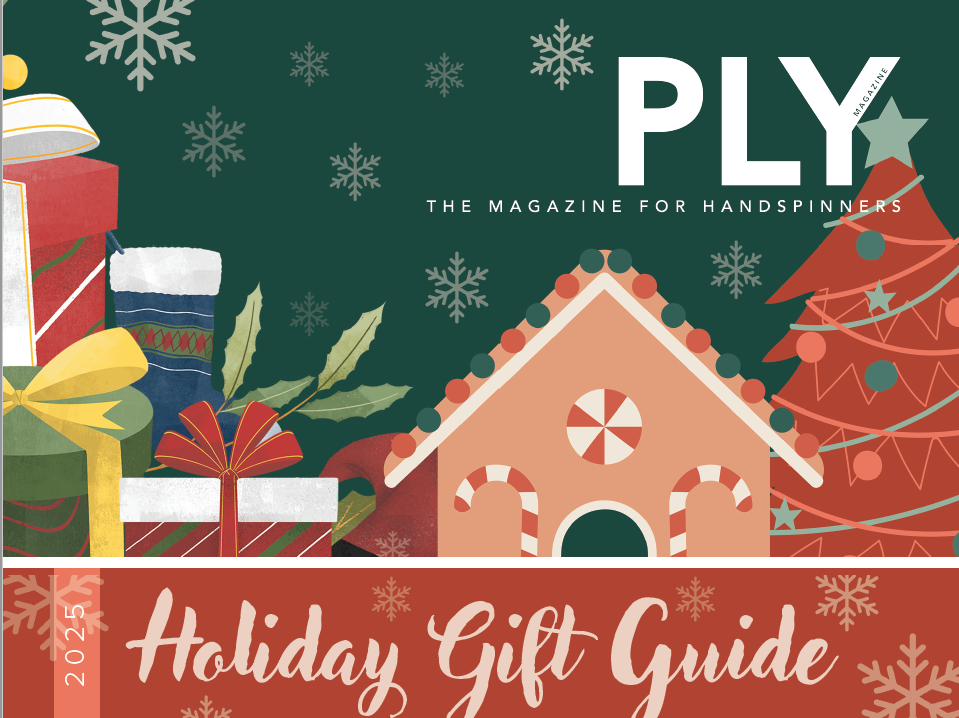Books, Magazines, Classes
I’ve always been a big reader. Fiction and nonfiction, both. I’ve learned a lit from books and magazines over the years. I have a giant collection of books. Every room in my house has at least one bookshelf – even some of the hallways. Check out this photo of the shelves where I keep most […]

